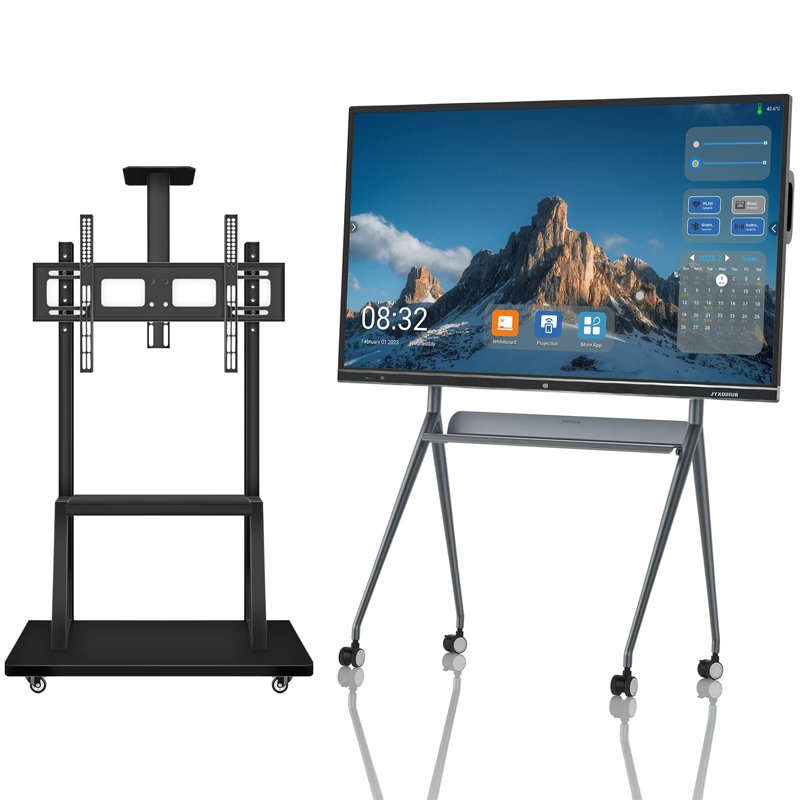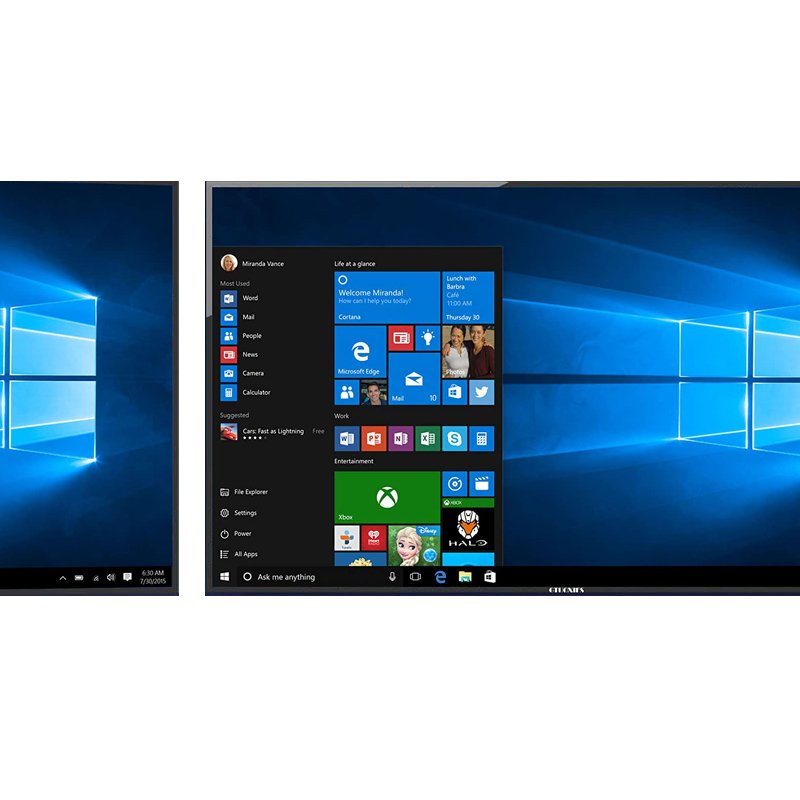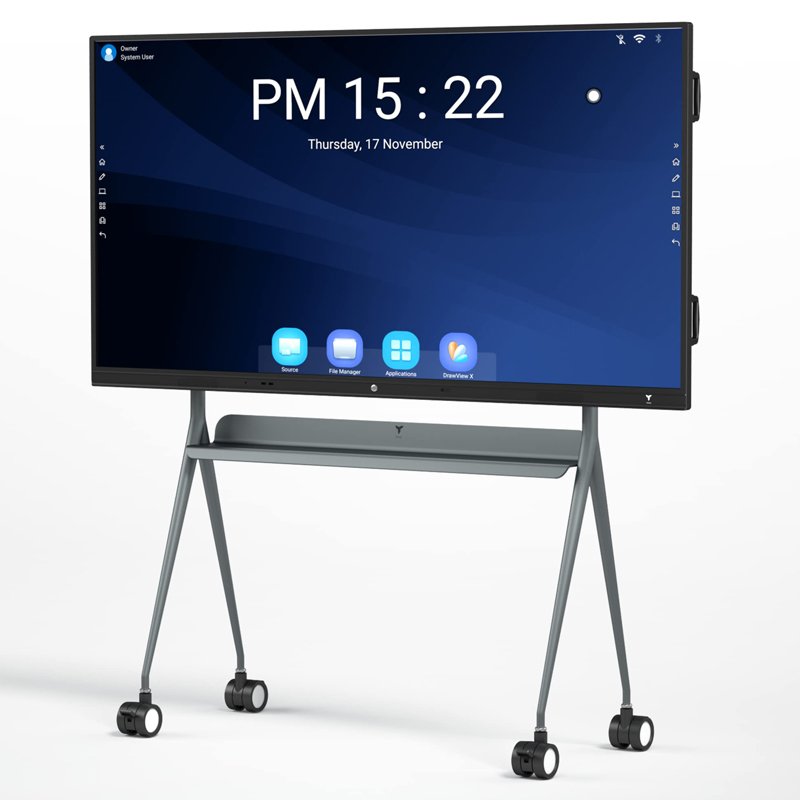Now that smart boards have a place in the education industry, how much do they cost?
The price of smart whiteboards for teaching can vary depending on the model and features. In general, basic interactive whiteboards can cost around $500 to $1,000, while more advanced models with additional features such as touch and gesture recognition, high-resolution displays and integrated audio systems can cost up to $2,000 or more.
In addition to the cost of the smart board itself, there may be additional costs associated with installation, maintenance and training. Some vendors may offer packages that include these services, so it’s important to shop around and compare prices and features before making a purchase decision.
JYXOIHUB
75-inch electronic whiteboard with built-in Android and Windows operating systems with 4K HD touchscreen interactive whiteboard, intelligent digital whiteboard (board + stand)
4399$


Soulaca
65 inch electronic interactive smart whiteboard Wi-Fi for conference office business touch screen with wall mount.
4199$
GTUOXIES X-TS86TP
86″ 4K UHD Smart Digital Whiteboard with Touch Screen PC Windows OS for Classroom and Business, Wall Mount + Remote Control.
3999$


GTUOXIES TS98TP
98-inch interactive touch panel digital signage 20-point touch screen with OPS PC module operating system for enterprise and classroom VGA, HDMI, USB3.0 and back multi-channel ports.
10674$
Vibe S1
55″ Smart Whiteboard, Touch Screen Display, 4K UHD Interactive Board, All-in-One for Offices and Classrooms with Chrome OS and Open App Ecosystem (Dev Boards Only).
3199$


TIBURN HQ Board
75″ R2, 4K UHD Interactive Board, All-in-One Computer for Office and Classroom with an 8core CPU & Open App Ecosystem(Smart Board+ Movable Stand+Wall Mounting).
4199$
ViewSonic IFP4320
43 Inch ViewBoard 4K Interactive Flat Panel Display with in-Cell Touch and HDMI, DisplayPort, 60W Powered USB-C Inputs
1730$

Ultimately, the choice of interactive teaching tools will depend on a variety of factors, including the specific needs of the classroom, available budget, and educator preferences. It is important to carefully evaluate the available options and consider factors such as ease of use, compatibility with existing technology, and availability of support and training resources.
continue reading




